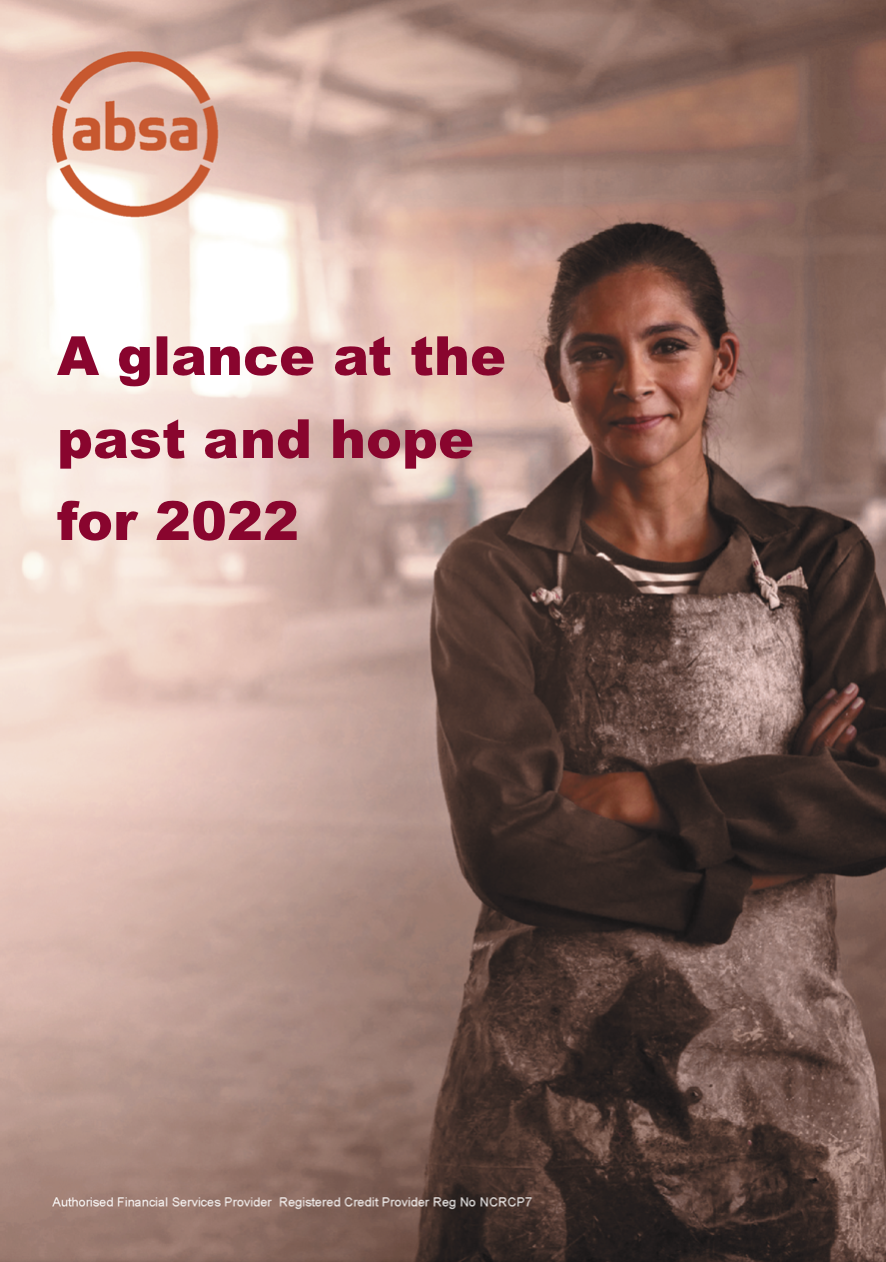Impact Partner Content / Absa / by Justin Schmidt, Head of New Sector Development at Absa Retail and Business Bank
The road to recovery has felt like a long and winding one, with a few bumps along the way, but the South African economy has recovered faster than initially forecasted, and expectations are that we may reach the average pre-COVID-19 levels of economic activity as early as next year. Recovery has varied across industries with sectors requiring lower levels of contact, such as manufacturing and mining, recovering at a faster pace than those sectors that require higher levels of contact, such as tourism and hospitality.
In 2021, the manufacturing sector continued its recovery until the unrest in July, when monthly manufacturing sales fell 13.5% month on month, which is uncharacteristic for that time of year. However, the recovery in activity levels since then has been positive (barring the recent metals industry strikes), indicating that the shock of the disruptions related specifically to the riots in July did not have a lasting impact.
Supply chain disruptions and raw material shortages
A major trend directly affecting the manufacturing sector for over a year, has been the supply chain disruptions caused by the global restrictions implemented to curb the spread of COVID-19. In the Absa Manufacturing Survey, conducted by the Bureau for Economic Research (BER) at Stellenbosch University, manufacturers have continuously noted a lack of raw material stock relative to their planned production and their finished goods stock relative to expected demand. Following the record lows seen in Q2 2021, the results of the Q3 survey were more optimistic, indicating that the supply chain disruptions may be easing.
Supply chain disruptions and raw material shortages have also led to margin pressure through increased raw material costs, high plastic, steel and packaging costs, compounded by the effects of rising electricity tariffs and elevated transport costs.
To counter these effects, many manufacturers stocked up on inventory as a source of competitive advantage to ensure that they would not lose sales and had the opportunity to win new market share. With the longer inventory days, increased cost of production and delays in moving goods, cashflows have seen pressure and greater focus on funding working capital cycles.
Energy crisis continues
Not only have manufacturers seen high double-digit increases in their energy costs in 2021, but South Africa has also seen our worst levels of load shedding on record. Energy availability worsens every year as Eskom’s generation fleet ages and becomes more unreliable. Without cheap and reliable energy, productive sectors will struggle to hit their potential as has been evident through the years of load shedding. However, 2021 did see very positive developments in the energy landscape, specifically the lifting of licensing limits from 1 megawatt to 100 megawatts, the announcement of preferred bidders for bid round 5 of the REIPPP, very strong growth in roof top solar investment and many more businesses investing in battery technology.
Hopeful 2022
The working capital cycle and funding thereof is key to the success of manufacturers. Therefore, a more normal environment through the easing in raw material shortages and some respite to the supply chain issues will hopefully reduce costs and enable more efficient working capital cycles of manufacturers. With more efficient cycles comes greater potential margins and free cashflow, supportive of continued growth.
Manufacturers may have had some difficulty in passing their cost pressures on to their consumers in 2021 and so it is likely that 2022 will see manufacturers continue to find ways to reduce costs. The Q3 Absa Manufacturing Survey reported increases in expectations for investment into inventory, replacement of machinery and investment into expansion. If this continues, manufacturers will embrace one of the best ways to reduce their costs – investment into new machinery and equipment that is more efficient, cost-effective and productive.
While the private sector investment into energy will not see load shedding risks off the table in 2022, they signal a turn towards an energy sector that would enable rather than inhibit growth of the manufacturing sector. Further regulatory reform and infrastructure investment will be positive for the sector and if the momentum that we have seen to date on the reform front from the energy sector can flow into other areas and lead to investments into infrastructure, there should be more success stories out of this sector due to the multiplier effects of focusing on the key drivers of growth.



